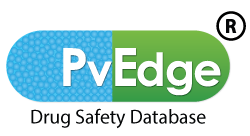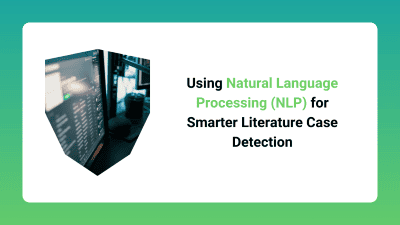Literature monitoring is one of the most complex and time-intensive responsibilities in pharmacovigilance. Safety teams must scan medical journals, reports, and online databases for potential adverse events, extract relevant case details, and determine if the information meets regulatory reporting criteria.
It sounds straightforward—until you realize how much content is out there, how inconsistent reporting formats are, and how subtle critical data can be. That’s where Natural Language Processing (NLP) is changing the game.
What Is NLP, and Why Does It Matter in Pharmacovigilance?
NLP is a form of artificial intelligence that enables computers to understand and process human language. In pharmacovigilance, it allows systems to scan large amounts of unstructured text—like medical literature—and extract important details about adverse events, drug names, patient data, and outcomes.
Instead of a human reading and interpreting every word, NLP algorithms do the initial scan. This saves time and increases the chance of catching relevant cases that might be hidden in complex narratives or scattered data points.
Real Problems, Real Solutions
Let’s say a published case report describes a patient who developed a rash and fever after starting a new medication. The brand name might be used instead of the generic name. The adverse events could be described in casual terms. And the relevant data might be buried halfway down the article.
A human reviewer could miss that. But an NLP system trained on pharmacovigilance terms and ICSR criteria knows what to look for. It flags the article, extracts the potential case, and highlights it for expert review.
This makes literature monitoring not only faster—but also more consistent and reliable.
Regulatory Expectations Are Rising
Regulators like the EMA and WHO expect marketing authorization holders to capture and report literature-based ICSRs just like spontaneous ones. That means they must be valid, timely, and traceable.
NLP supports this by creating a transparent, repeatable process that can:
Track what was reviewed and when
Log what was flagged and why
Provide source-text links for audit purposes
Smarter Monitoring, Better Outcomes
The benefit isn’t just speed—it’s insight. NLP can spot trends across large volumes of literature, helping safety teams identify early signals or recurring patterns they may have missed in manual review.
In short: it turns literature monitoring from a reactive task into a proactive safety strategy.
Literature monitoring will always require human oversight. But with the help of NLP, teams can work smarter, reduce the burden, and improve the quality of safety data that reaches regulators.



